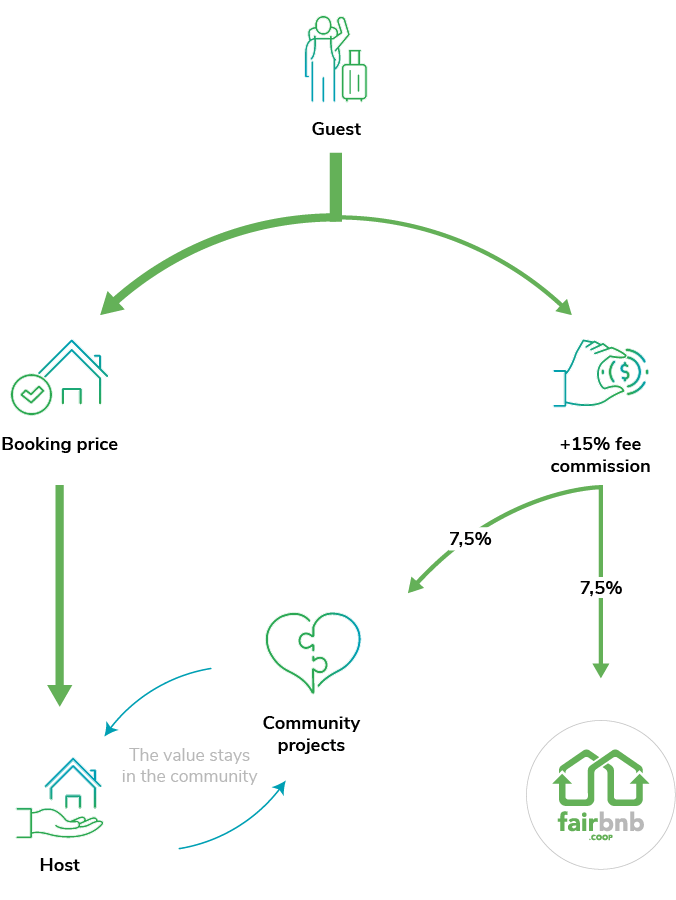Sustainable tourism: unavoidable oxymoron?
No matter how many ‘back to school’ ads pop around (and one tries to ignore), mid August is still summer. Which means holiday travelling for many, myself included. Sometimes I feel a sort of hopelessness when walking through certain old towns in certain cities, or visiting some coastal areas. Everything seems so prepared to be ‘locally’ authentic (paella, sangria, amigo) that it looks fake, and the number of tourists is inversely proportional to the locals’, who are conspicuous by their absence. Of course, I’m aware of my own incoherence, because by being there I’m contributing to the very situation that saddens me. Indeed, several touristic destinations are ‘dying of success’ – for example, Venice counts 21 tourists per inhabitant (!) which causes serious pressure on its environment. There’s also the paradox of places that by maintaining an alternative lifestyle to mass tourism and to capitalism in general, end up receiving all the same hordes of well-intentioned tourists with the consequent development it implies and which degrades the ‘pure’ place the travelers intended to support with their visit (I also plea guilty of that). On the other hand, regions in decline could use the injection of resources and revitalization that tourism implies – if properly oriented, otherwise poverty and social inequalities may rise in parallel to the economic growth linked to population and employment increase, as it has been the case of the Balearic Islands.
According to the UN’s World Tourism Organization, to be sustainable, tourism should fully consider “its current and future economic, social and environmental impacts, addressing the needs of visitors, the industry, the environment and host communities”. What is the solution to get there? Or probably, the clues to solutions, because in this life there are no magic formulas (unfortunately).
On the one hand, one could start by orienting tourism away from the extractivist profit-focused model. Initiatives like FairBnB are an alternative to a well-known platform that I won’t name (ahem). With a mission of sustaining ‘community-driven tourism’, they follow a “one host-one home” policy and half of the site’s fees go to fund local social projects collectively chosen in the travel destination. Another option is house swapping – although some of its models can be close to a variant of the well-known platform that we are not naming. Then there is the matter of taking airplanes like one takes a shower. Perhaps this is not available to everyone, but for those who can, why not decide your next vacation based on where you can arrive by bicycle? Or, ok, doing a part by train also counts as bicycle tourism. Of course, another issue is volumes. We can get there by rollerblades and stay in our small tent, but if it’s us and a million others per year in a village with 800 inhabitants (real case), it’s too much. Like us, destinations need a break. And as much as in our own breaks many of us like to travel and explore, let’s think about the options in our hand so that our passage through a place is regenerative instead of destructive. Who knows, maybe a visit to Stenchburg-by-sea in that neighboring region will bring us unimaginable adventures!

Credit : Storagecafe.com
Credit : FairBnB.coop
